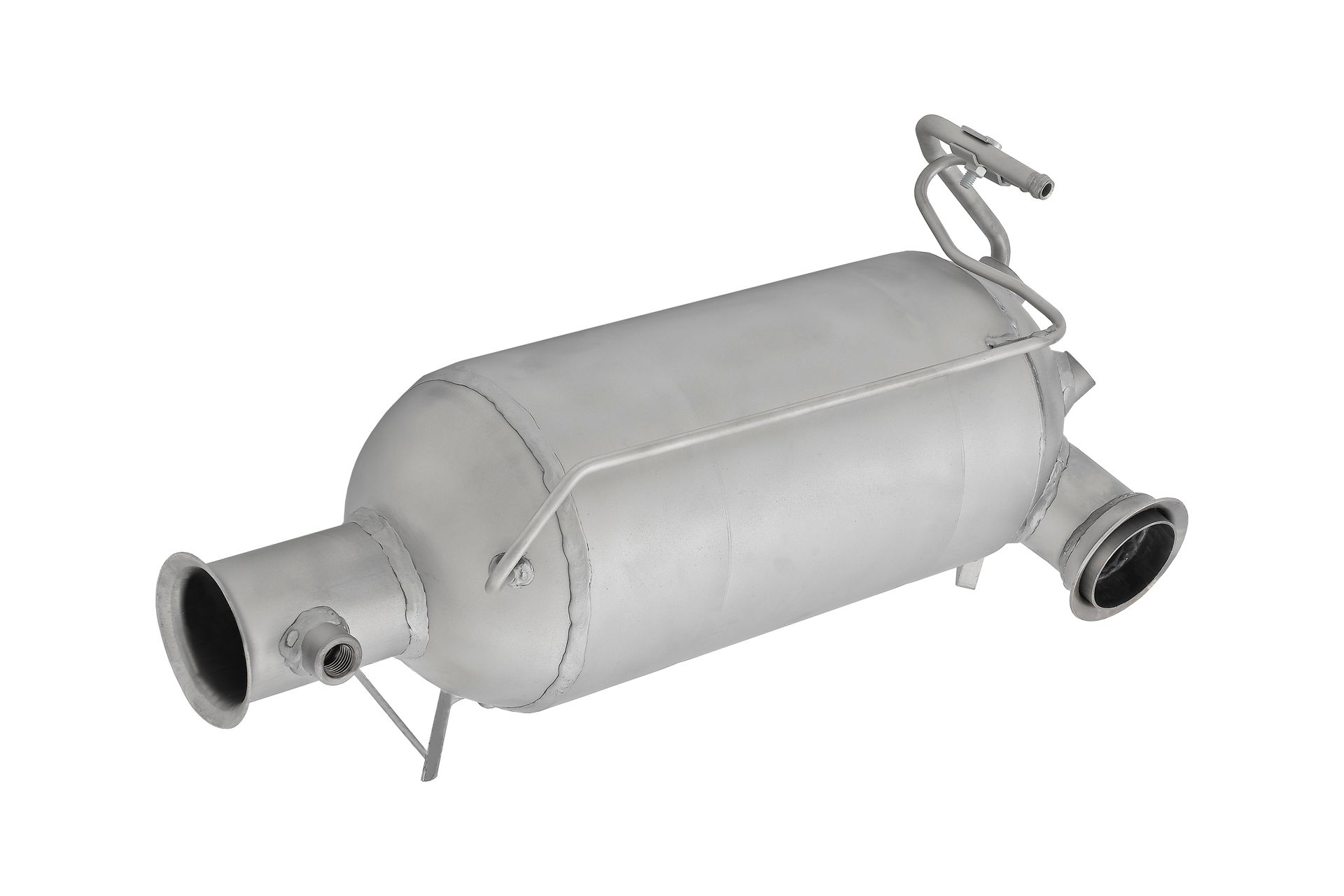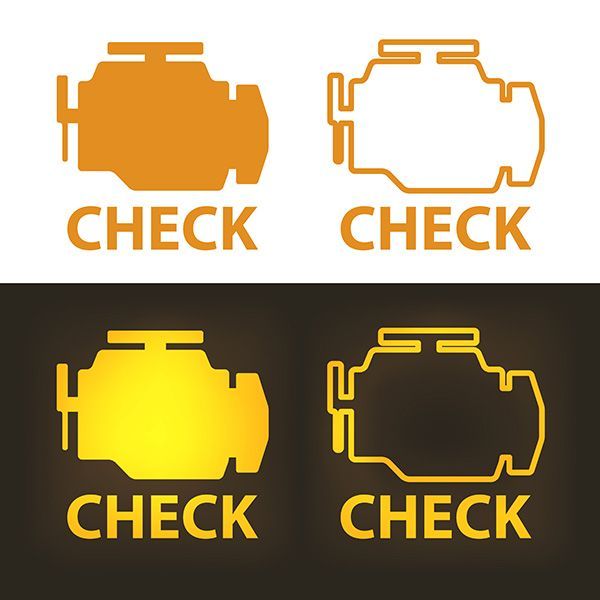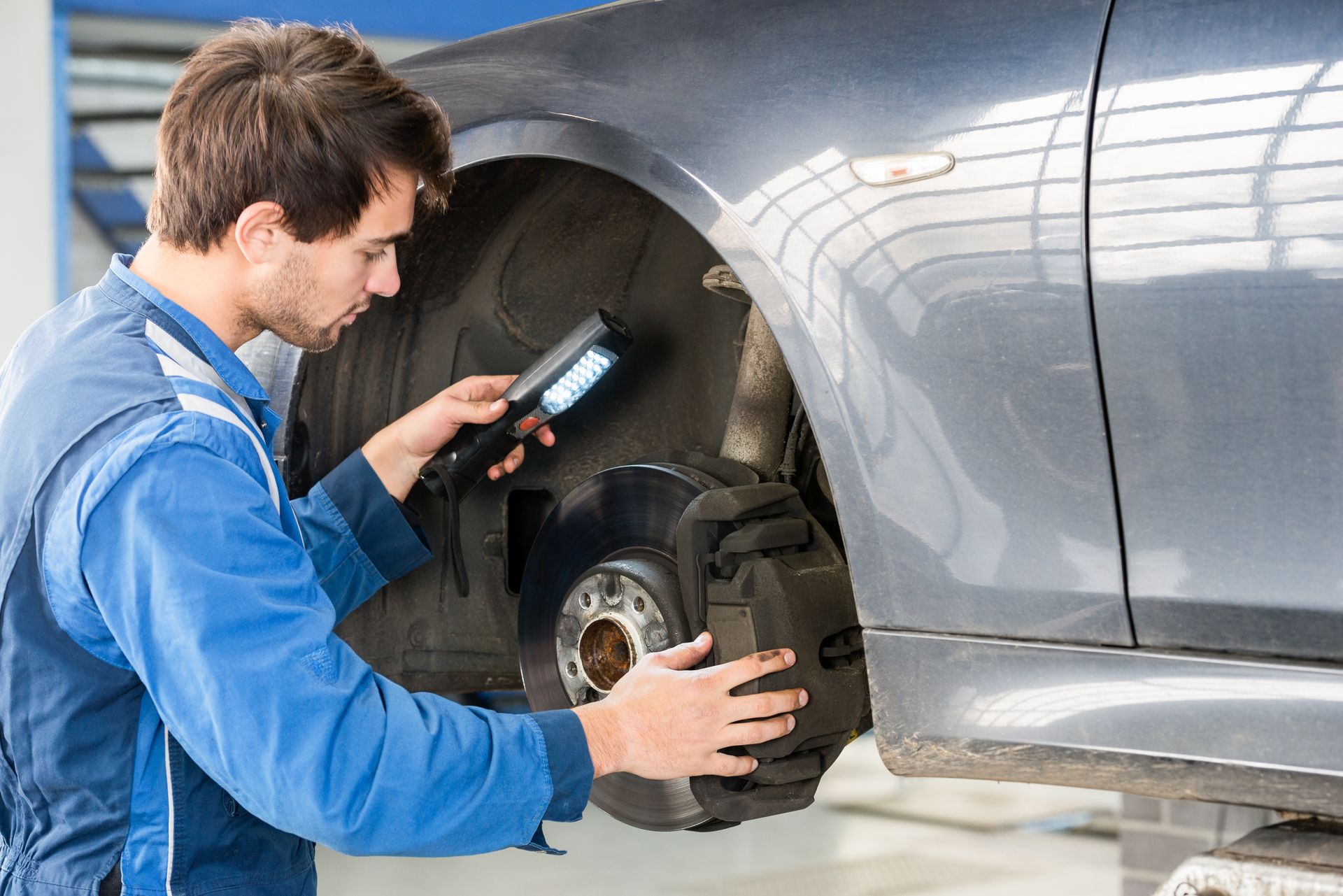Ask Us About Out New A/C Service Today!
Loading ...
Missing business hours data / Error occurred while getting the data.
Ask Us About Out New A/C Service Today!
Loading ...
Missing business hours data / Error occurred while getting the data.
What Are the Most Common Car Maintenance Mistakes?
September 27, 2024
Maintaining your car properly is one of the best ways to ensure it stays reliable and safe on the road. Yet, many drivers unknowingly make mistakes that can lead to bigger problems and expensive repairs down the line. Whether it’s skipping routine maintenance or using incorrect products, small missteps can have serious consequences. We’ll explore some of the most common car maintenance mistakes drivers make so you can avoid them and keep your vehicle running at its best.
Skipping Oil Changes
One of the most common car maintenance mistakes is delaying or skipping oil changes. Your engine relies on clean oil to lubricate its moving parts, reduce friction, and prevent overheating. Over time, engine oil breaks down and becomes less effective at protecting your engine, which can lead to serious damage.
Many drivers make the mistake of waiting too long between oil changes, either because they don’t know the recommended intervals or because they assume their car can handle a bit more mileage. Always check your vehicle’s manual for the manufacturer’s recommended oil change schedule, and stick to it. Failing to do so can result in engine wear, costly repairs, or even engine failure.
Neglecting Tire Maintenance
Tires are often overlooked in car maintenance, but they play a critical role in your vehicle’s performance and safety. Driving on under-inflated or over-inflated tires can lead to uneven wear, reduced fuel efficiency, and poor handling. Worse yet, worn or damaged tires can increase the risk of blowouts, especially at high speeds.
Make sure to check your tire pressure regularly and keep it at the recommended level. Also, inspect the tread depth to ensure your tires are not too worn. If you notice any bulges, cracks, or signs of uneven wear, it’s time to rotate your tires or replace them. Tire maintenance is simple, but neglecting it can lead to dangerous situations on the road.
Ignoring Warning Lights
It’s easy to ignore the lights on your dashboard, especially if your car seems to be running fine. However, those warning lights are there for a reason—they signal that something is wrong with your vehicle. Ignoring them can lead to more serious issues and potentially more expensive repairs.
Common lights like the check engine light, low oil pressure light, or brake warning light should never be disregarded. If a light comes on, take the time to investigate what’s causing it, either by checking your manual or visiting a repair shop. Addressing these issues early on can prevent larger problems from developing.
Forgetting to Replace Air Filters
Your car’s air filters may not seem like a big deal, but they play an important role in keeping your engine running efficiently. The engine air filter prevents dirt, dust, and other particles from entering the engine, while the cabin air filter helps keep the air inside your car clean.
Over time, both filters can become clogged with debris, reducing airflow and making your engine work harder. This can lead to decreased fuel efficiency and even engine damage. Make it a habit to check your air filters regularly and replace them as needed to keep your engine and air quality in top shape.
Using the Wrong Fluids
Cars rely on several fluids to function properly, including oil, coolant, transmission fluid, brake fluid, and power steering fluid. Each fluid serves a specific purpose and needs to be topped off or replaced according to the manufacturer’s guidelines.
A common mistake is using the wrong type of fluid, which can lead to performance issues or even damage to your vehicle. Always check your owner’s manual to ensure you’re using the correct fluids for your car. Using the wrong oil or coolant, for example, can lead to overheating or poor lubrication, which can cause significant wear on your engine and other components.
Not Replacing Worn Brake Pads
Your brakes are one of the most critical safety features on your vehicle, so it’s important to maintain them properly. Brake pads wear down over time, and driving with worn-out brake pads can damage your rotors, reduce braking efficiency, and increase stopping distances.
Many drivers delay replacing their brake pads until they hear squeaking or grinding noises, but by that point, damage may already be done. It’s a good idea to have your brakes inspected regularly and replace the pads when they start to wear thin. This simple step can help you avoid costly repairs and ensure your car stops safely when you need it most.
Failing to Check the Battery
Car batteries don’t last forever, and many drivers don’t think about their battery until it dies unexpectedly. Battery failure can be particularly frustrating if it happens while you’re out on the road. To avoid getting stranded, it’s important to check your battery’s condition periodically, especially if it’s more than a few years old.
Look for signs of corrosion around the terminals and make sure the battery is holding a proper charge. If your battery is showing signs of weakness, such as slow engine cranking or dimming lights, it may be time for a replacement.
Looking for a reliable repair shop to take care of your car? Book a maintenance service at
Automotive Fleet Repair today, and we’ll help you stay on top of all your vehicle’s needs!

Loading ...
Missing business hours data / Error occurred while getting the data.
Having Trouble
Finding Us?
Loading ...
Missing nap lines data / Error occured while getting the data.




